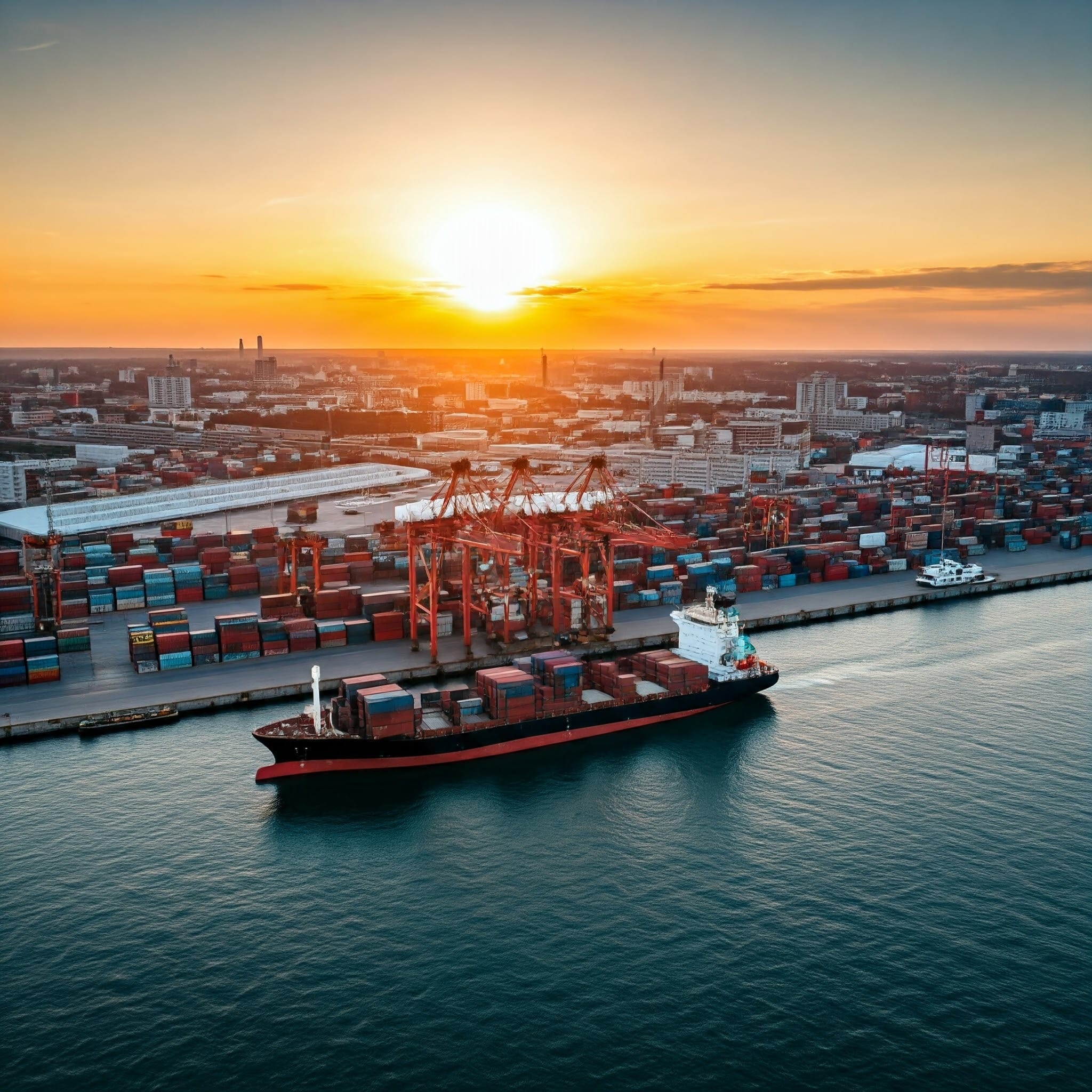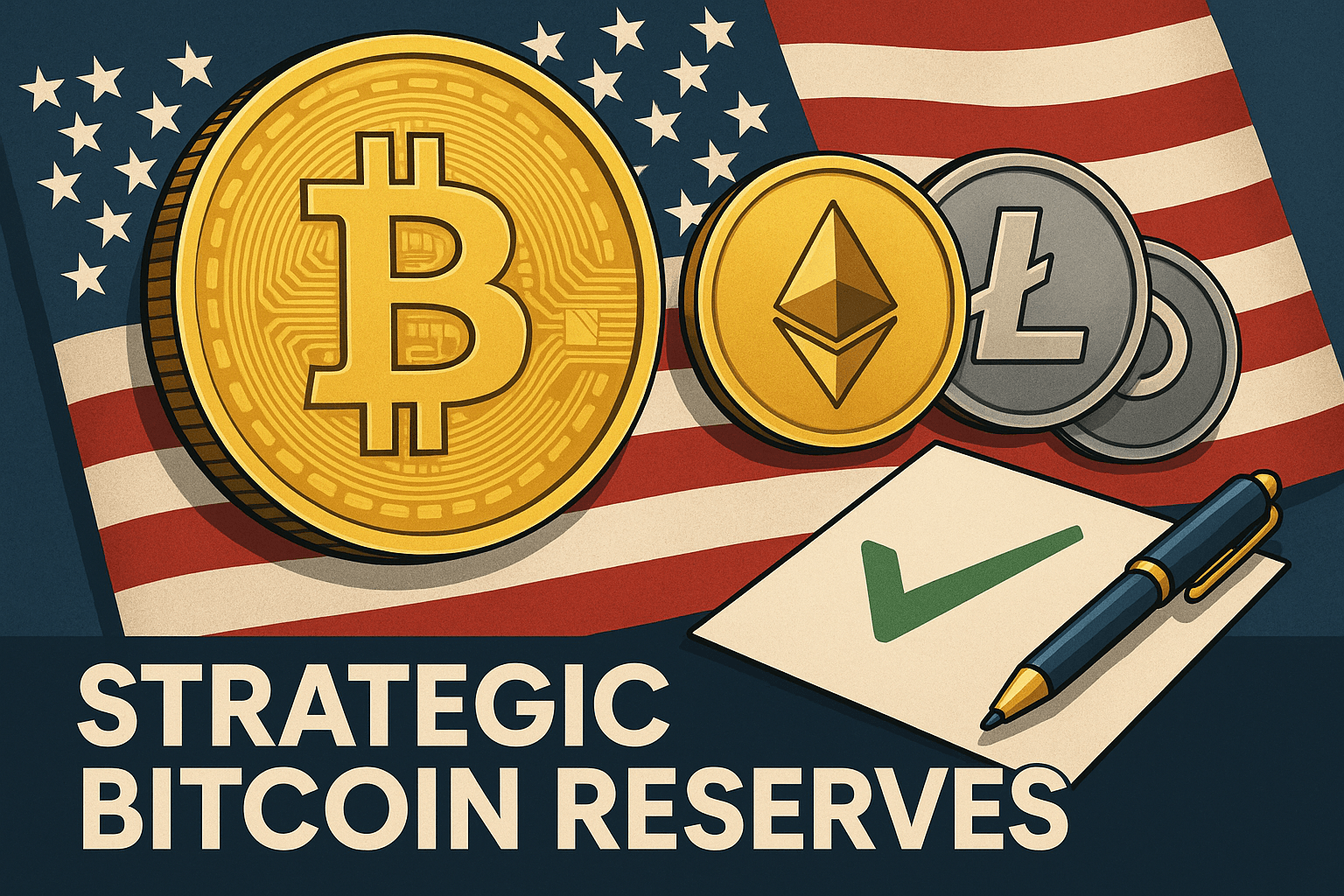Global trade is increasingly shaped by protectionist policies, driven by economic and geopolitical forces. The rise of populist and nationalist leaders, such as Donald Trump in the U.S. and right-wing parties gaining ground across Europe, has amplified calls for economic sovereignty. These leaders advocate for policies aimed at securing domestic industries, reducing reliance on foreign entities, and protecting jobs.
From Trump’s “America First” resurgence to Europe’s embrace of protectionist tools like the Carbon Border Adjustment Mechanism (CBAM), the focus on strategic autonomy has intensified. This shift—manifested through tariffs, export controls, and domestic content requirements—is poised to redefine the global economic landscape, reshaping trade dynamics and challenging globalization.
Here, we delve into the various perspectives driving this trend, exploring the motivations, strategies, and implications of protectionism across the globe.
Key Drivers of Rising Protectionism
1. The China+1 Strategy
- Companies worldwide are diversifying supply chains beyond China
- Vietnam, India, and Mexico emerging as alternative manufacturing hubs
- Governments actively incentivizing businesses to relocate production
- Impact: Creating new trade alliances and regional manufacturing clusters
2. Potential Trump 2.0 and American Protectionism
- Inflation Reduction Act (IRA) setting precedent for “Buy American” policies
- Possible return of aggressive tariffs under potential Trump presidency
- Enhanced scrutiny of foreign investments in critical sectors
- Bipartisan support for tougher stance on China’s trade practices
3. Rise of Right-Wing Economic Nationalism
- Growing popularity of nationalist leaders worldwide
- More than 50 countries elected right-wing leaders in 2024
- Emphasis on self-reliance and domestic industry protection
- Increased skepticism towards multilateral trade agreements
- Notable shift in traditionally free-trade economies like the UK post-Brexit
4. EU’s Green Protectionism
- Carbon Border Adjustment Mechanism (CBAM) implementation
- Impact on global steel, cement, and aluminum industries
- Potential trade disputes with developing economies
- Setting new standards for environmental trade barriers
5. Digital Trade Barriers
- Data localization requirements increasing globally
- Restrictions on cross-border data flows
- Digital sovereignty initiatives in EU and Asia. e.g. India’s Data Protection Act.
- Cybersecurity concerns driving tech protectionism
6. Expanding Tariff and Non-Tariff Barriers
- Increased use of technical barriers to trade
- Complex regulatory requirements
- Sanitary and phytosanitary measures
- Administrative delays and bureaucratic hurdles
7. Strategic Export Controls
- Critical minerals and rare earth elements through like minded groupings
- Mineral Security Partnership, EU Critical Raw Materials Act (CRM Act)
- Semiconductor technology restrictions. e.g. US-China Trade war
- Agricultural export controls during food security concerns
- Technology transfer limitations. e.g China’s limits EV tech transfer for overseas investments
8. Domestic Content Requirements
- Local manufacturing mandates
- Indigenous technology development
- Job protection measures
- Public procurement preferences
- e.g. In past month, Indonesia announced a reduction in the minimum local content requirement for solar power plants from approximately 40% to 20%. This move aims to attract investment in projects financed at least 50% by foreign multilateral or bilateral lenders.
Economic analysts from leading institutions offer varying viewpoints on this trend: While the exact economic impact of increased global fragmentation is uncertain, it is estimated that it could lead to a significant reduction in global economic output. Some experts predict a potential 7% decline in the long term, which translates to a loss of approximately $7.4 trillion in today’s economy.
Overall Impact
The rise in protectionism presents both challenges and opportunities:
Positive Impacts:
- Enhanced supply chain resilience
- Domestic industry development
- Job creation in manufacturing sectors
- Reduced dependency on single sources
Negative Impacts:
- Strain on Developing Economies
- Higher consumer prices
- Technological Decoupling can lead to reduced economic efficiency
- Innovation barriers
- Potential Geopolitical Tensions and Trade Wars
- Fragmentation of Global Trade Networks
Looking Ahead
The trend towards protectionism appears set to continue, driven by:
- Ongoing geopolitical tensions
- Climate change concerns
- Technological competition
- Domestic political pressures
However, the interconnected nature of the global economy suggests that complete decoupling is unlikely. Instead, we may see the emergence of regional trade blocs and strategic partnerships that balance protectionist impulses with practical economic necessities.
As nations navigate this complex landscape, finding the right balance between protecting domestic interests and maintaining beneficial international trade relationships will be crucial for sustained economic growth and stability.



